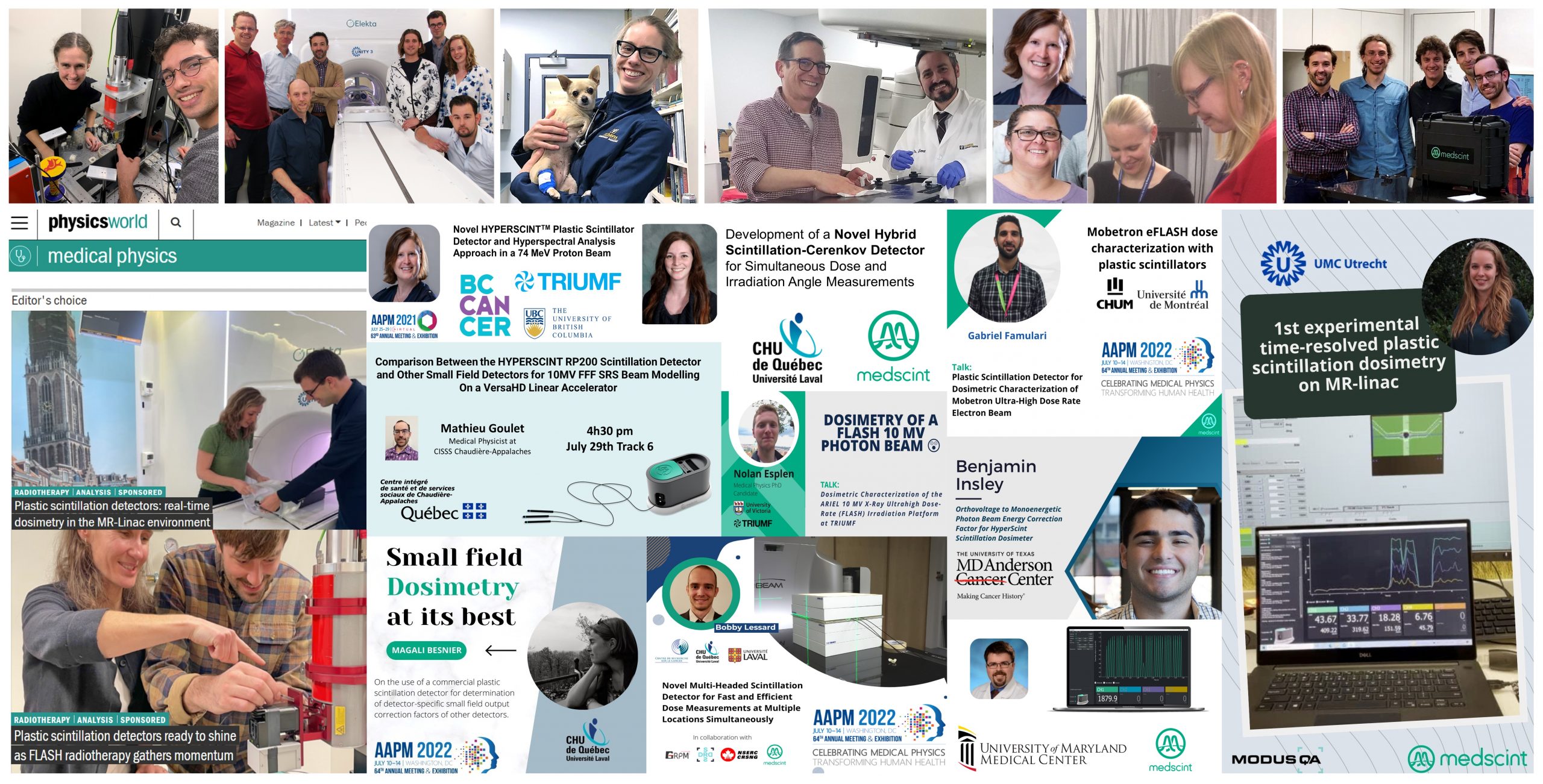Development and first implementation of a novel multi-modality cardiac motion and dosimetry phantom for radiotherapy applications
Magnetic resonance guided radiation therapy (MRgRT) for real-time gating around the heart for treating ventricular tachycardia (VT) are rapidly advancing. A novel, multi-modality modular heart phantom was developed and utilized in gated radiotherapy experiments on a 0.35 T MR-linac. This phantom can simulate cardiac, cardio-respiratory, and respiratory motions, and perform dosimetric evaluations using ionization chamber and plastic scintillation detectors (PSD from MEDSCINT) configurations.
Due to their small sensitive volumes, time-resolved PSDs are effective for low-amplitude/high-frequency movements and multi-point data acquisition, enhancing dosimetric capabilities. This advancement in VT planning and delivery illustrates the phantom’s potential to meet the growing demands of cardiac applications in radiotherapy.
